Welcome, friends!
Welcome to the very first edition of our new Remember The Wild newsletter. As of this month, we will be transitioning away from our regular monthly newsletters and moving into a new, exciting blog format which will be released each quarter. In this quarterly update we hope to share with you some of the work we are doing to help connect people with nature, as well as sharing news about what’s happening in the wilderness around Australia at different times of year and things you can look out for in your local environment – whether urban, suburban or outback.
For our Wild Melbourne supporters and subscribers, don’t worry – we will still be publishing nature stories local to Victoria on our Wild Melbourne page (you can also see these on the Stories page) but our monthly Wild Melbourne newsletter will be discontinued. Make sure you follow our Wild Melbourne social media pages on Instagram and Facebook for local nature-focused events and news from Melbourne and Victoria.
Our thoughts are with those in Victoria who’ve had a hard time with yet another lockdown. We hope our Nature at Home newsletter provided some solace and enjoyment while access to nature is limited. Remember that a daily walk, even amongst the sometimes not-so-inspiring vista of the suburbs, can bring relief and respite. Have a read of our latest article, an immersive account of therapeutic lockdown walks in suburban Melbourne.
In this edition
Click on the heading to jump straight to the relevant section.
-
What’s happening in nature
Seasonal updates about changes in the environment and things to look out for around the country.
- Winter wildflowers
- Talking tropics
- Fungi fervour
-
What we’ve been doing
Updates on Remember The Wild’s work to help connect Australians with the natural environment.
- 2020/21 impact statement
- Community Conservationists
- Victorian Nature Festival
- Plains-wanderer feature film
-
What we’ve been creating
Some of our latest original nature content.
-
Other stuff for nature nuts
Nature-focused content from other creators which we love and want to share with you.
Tis the season for…
Winter wildflowers in the south
Did you notice our delightful banner for this June update? This was specially designed for us by Victorian artist Vanda Cummins (@lokilovesart.) Vanda is an enormously generous supporter of our work and is helping to raise awareness of conservation and biodiversity issues through her art and her platform. Follow her on Instagram for more beautiful nature illustrations. This banner features two lovely native floral species: Bauer’s Grevillea (Grevillea baueri) on the left and the Waxflower, or Crowea, (Crowea exalata) on the right. Both of these are winter flowering plants, making them great species to look out for in the bush right now, in the regions where they occur. Crowea is native to Victoria, found in cool, moist areas, largely along the east coast and reaching up into New South Wales. Bauer’s Grevillea originates from the cold mountain regions of New South Wales. Both species are great cool climate, frost-hardy plants that make a great addition to wildlife gardens in cold regions (especially where they naturally occur), their showy winter flowers providing important sources of food to attract native birds and add a splash of colour to the winter garden. A couple of other great winter wildflowers to look out for down south are:
- Common Heath (Epacris impressia), the floral emblem of Victoria. This showy little shrub, with its tubular pink flowers, can be found in coastal regions in Victoria as well as areas of central Victoria (Lerderderg State Park is a great spot for Melburnians to visit in winter) and up to the South Australian coast.
- Hardenbergia, otherwise known as Happy Wanderer (Hardenbergia violacea), an evergreen climber which is commonly seen in southern forests and produces masses of purple flowers towards late winter and into spring. This one is also relatively easy to get your hands on and grow as a garden climber as a native alternative to rival Wisteria, climbing over an archway or jazzing up a plain fence or wall. This plant can be found in coastal and mountain regions all the way from Queensland around the NSW coast, through Victoria and into SA.
Talking tropics
Enough about the cold weather! Up in the northern tropics, we’re heading well into the dry season, which means prime time for hiking, camping and swimming in crystal-water rockpools (staying crocwise, of course!) According to the traditional owners of the Kakadu area, the Bininj and Mungguy People, there are not just two seasons in the Top End, but six.
Currently we are in Yekke, which runs approximately from late May through to mid-June and is a season of cooler weather (by Top End standards) but still humid. The Darwin Woollybutt eucalypt is in flower and local billabongs become carpeted with water lilies. By observing these changes in the weather and environment, traditional owners know when it’s time to start patch burning to care for Country. In the northern waterways there are native water lilies as well as the famed lotus flowers found throughout Asia. The Sacred Lotus may have been brought over by early travellers, long before colonisation, and has long been used by Indigenous Australians in the area as a food source. Its huge waterproof leaves are even perfect for carrying water. The photos below show these billabong lilies and a tiny Jacana hopping over the lily pads (have a look at its huge long toes!), as well as a large Saltwater Crocodile having a rest on the bank. In the dry season, salties are less active as they are not moving around to find mates. But there are still plenty to be found in areas like the Corroboree Wetlands in the Northern Territory (and contrary to their name, Saltwater Crocodiles often inhabit freshwater as well as saltwater). This one is lying with its mouth open to cool off, just like a dog pants with its tongue out.
This lovely children’s picture book called Waterlilies, by Diane Lucas and illustrated by Colwyn Campbell, tells the story of a young Indigenous boy in Corroboree, NT, as he is instructed in food-gathering, learning to harvest and prepare water lilies for food.
Fungi fervour
With most parts of Australia now in their wetter seasons, you’ll see more mushrooms popping up out of the ground. We have about 5000 species of fungi (that are big enough to see) – many of which have never been documented. The lives of fungi are endlessly fascinating, as many exist as a complex network of strands underground, interconnected with their ecosystems. If you know where to look, you might come across the iconic Fly Agaric Mushroom (Amanita muscaria) with its bright red cap and white polka dots, or the hygroscopic earthstar (Astraeus hygrometricus) which splays out its star-like arms around a central puffball. If you’re really lucky, you might even see Omphalotus nidiformis, the Ghost Mushroom, which is bioluminescent and glows green in the dark. We’ve managed to spot these fungi recently in various places around Victoria!
If you find an interesting fungi on your meanderings, you can take a photo and add it Fungimap, a resource that tracks fungi all over Australia, using the iNaturalist app. MYCOmmunity, one of the organisations participating in our Community Conservationists program, is another excellent resource for fungi fanatics. These are great ways to get to know your local fungi, along with some great field guides out there. Mushroom lovers in Australia have rejoiced this year at the release of a new book on finding edible mushrooms by ecologist Alison Poulett and mycologist Tom May, Wild Mushrooming. In it, they detail the complexities of identifying ten species that are fit to be eaten. If you take this route, be careful! There are lookalikes for many edible mushrooms that are deadly. Unless you’re very experienced, it’s better to take the time to simply learn more about these fascinating organisms. Maybe settle down on the couch with Merlin Sheldrake’s Entangled Life, How Fungi Make Our Worlds, Change Our Minds and Shape Our Futures. Or simply take a stroll in your neighbourhood or local park and see what small wonders you can find.
What we’ve been doing
2020/21 impact statement
It’s that time – the end of financial year! We have created this little infographic to celebrate some of our achievements over the last year. We’re really proud of what we’ve accomplished. Thanks for being a part of it!
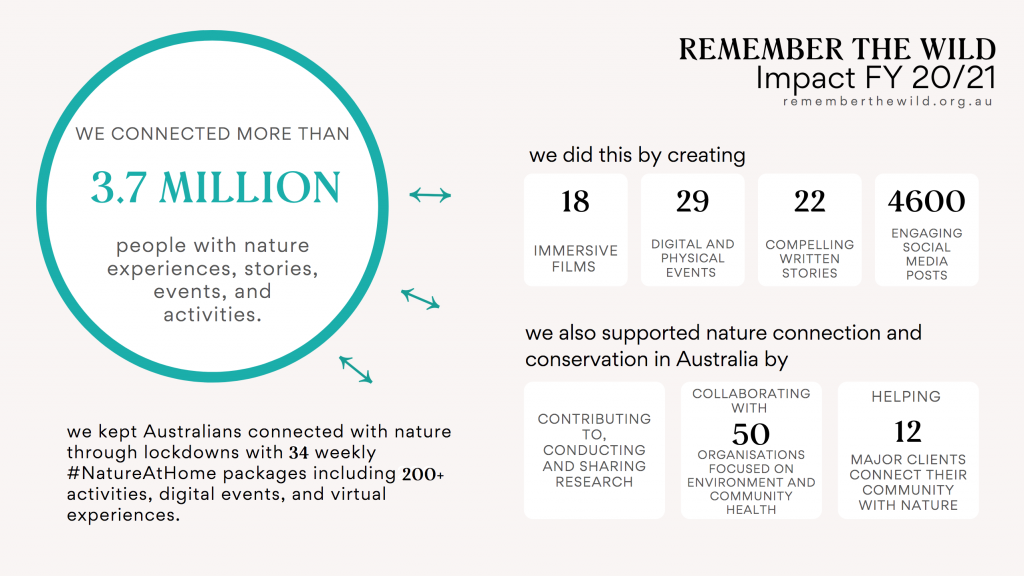
Community Conservationists
Our Community Conservationists Program aims to bring attention to the importance of community-led conservation initiatives and help these groups attract additional funding and volunteers to assist with their essential work. This project is currently active in Victoria and it’s been fantastic to meet the wonderful people from our three chosen groups:
- MYCOmmunity, a not-for-profit aimed at increasing awareness and understanding about fungi and the need for its protection.
- Friends of the Helmeted Honeyeater, a group doing essential work to save one of our most threatened bird species, the Helmeted Honeyeater.
- Cardinia Environment Coalition, an umbrella group operational since 1998 incorporating 25 environmental groups working across Cardinia Shire to enable networking, mutual support and a strengthened presence in the Shire.
As part of our program, we’ve hosted workshops with the above groups to help them develop a communications strategy to increase their reach and impact. We are also working on short films for each group which will really showcase their work and we look forward to sharing these with you in a future edition.
Victorian Nature Festival
The Victorian Nature Festival is back in September with a program packed full of activities and events to help us all connect with and act for nature! We’re thrilled to have been invited to the table again this year and are busily preparing events and content that we can’t wait to share with you. We’re especially excited to be creating resources for a very special, yet-to-be-announced Victoria-wide event in the program, which we know our supporters are going to love.
We’ll let you in on more in the lead-up to the festival, but for now, pencil in some time to connect with nature from the 11th–26th September.
Plains-wanderer feature film and Look at Me podcast
Our feature-length documentary film on the critically endangered Plains-wanderer has been a long time in the making, in collaboration with our partners from Zoos Victoria, Bush Heritage, Trust for Nature and Parks Victoria.
A tiny ground-dwelling bird, weighing less than 100 grams, the Plains-wanderer lives in the arid grasslands of south-eastern Australia. It is unlike any other Australian bird, with its closest genetic relative in fact being a South American shorebird. The destruction of their preferred habitat type is a real and present threat to the species’ survival, but a network of farmers and conservationists hold the key to recovery!
We’re thrilled to have this film finished and are in the process of finalising a release date so we can give it the proper silver screen treatment it deserves. We’ll be sending out an email once a date is confirmed, with more details. See below one of these quirky characters, hiding out in the grass.
To learn more about this fascinating bird, have a listen (or re-listen) to our Look at Me podcast episode on the Plains-wanderer with Guardian Australia and supported by the Australian Conservation Foundation. Post-production of Season Two is now well underway and we’re super excited to be able to share it with you all in the not-too-distant future. If you’d like to support this or any of these projects bringing people closer to nature you can make a donation to our fundraising appeal. We’d be grateful for the help!
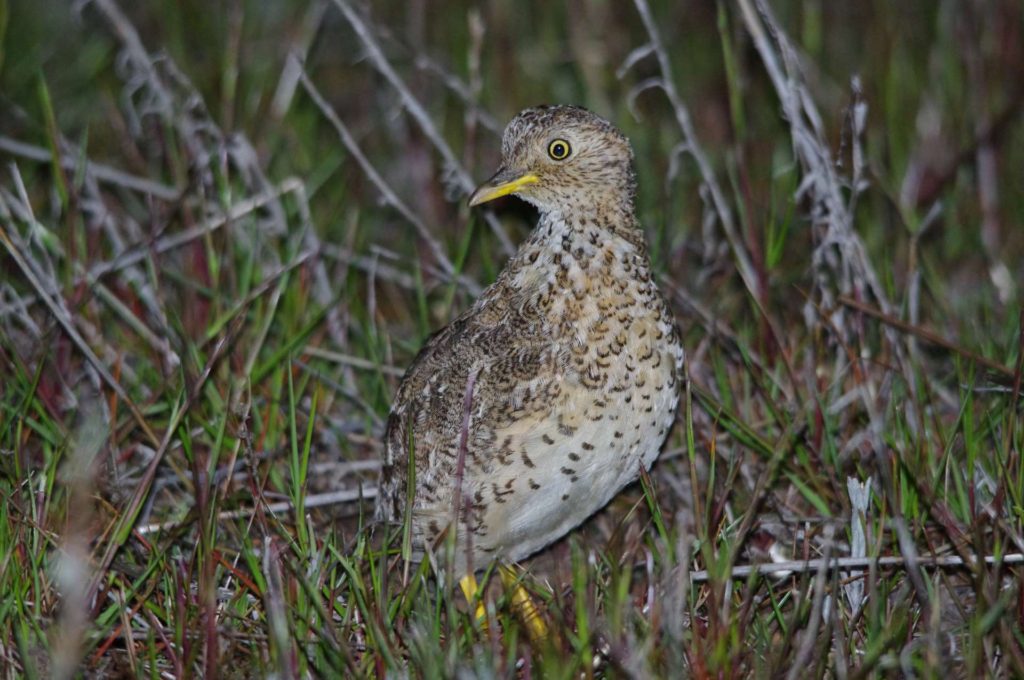
Plains Wanderers hide camouflaged among native grasses. Image: Michael Portway
What we’ve been creating
Our latest stories. Visit our Stories Page for more.
Other stuff for nature nuts
The 2022 BirdLife Photography Biennial conference is open for registrations, to be held at the Gold Coast in May next year. This event promises to have something for budding beginners as well as expert bird photographers.
Craving the bush? Wild Ambience is a YouTube channel run by a Sydney-based sound recorder, which contains a huge catalogue of natural environment soundscapes. Listen under lockdown, pretend you’re waking up in the countryside, or relax and fall asleep to the soothing sound of birdsong. You can even download a free album from their website.
Threshold podcast – a Peabody award-winning show that focuses on environmental reporting, based in the US but also reporting on other issues around the world. Their latest episode is on Inuit Food Security, Inuit Sovereignty. Other recent episodes focus on issues like oil drilling in Alaska, American bison and all about the Arctic.
EconTalk podcast – interview with Isabella Tree on Wilding. Isabella Tree and her husband made a bold decision after many years of struggling to make a living from farming on their land, the historic 3500 acre Knepp Castle Estate in West Sussex, England. They gave up farming and slowly started to return the land to nature and have been enjoying the results ever since. You can read the story of the Knepp Estate in more detail in Isabella’s book, Wilding: the return of nature to a British farm. (If this story inspires you to rewild some of your own garden, farm or acreage, check out some of our Wildlife Gardening article series.)
Something for the kids: the Australian Conservation Foundation’s Wild at Art competition is on for 2021! Throughout June and July, children aged 5-12 are invited to submit an artwork of one of Australia’s many threatened native animals or plants, along with a short written description of why they chose that species.
More for kids: We love this collection of activities put together by the wonderful people at Bush Heritage for the Bush Buddies Kids’ Club. Craft activities, quizzes, fun learning tools and kids can even ask a question about an Aussie animal and have it answered by the Bush Heritage team of experts. Hours of entertainment await!
Thank you!
Thanks for reading our first quarterly update on our work to bring Australians closer to nature and for supporting us in our work. Whether it’s by reading our stories, following our social channels, watching our Eucalypt documentaries, listening to our Look at Me podcast series or telling a friend about us, you are all supporting our mission to bring Australians closer to nature. So thank you for being part of our community.
As ever, if you value what we do and would like to help us continue this work, please consider making a donation if you can.
With gratitude,
Team Remember The Wild
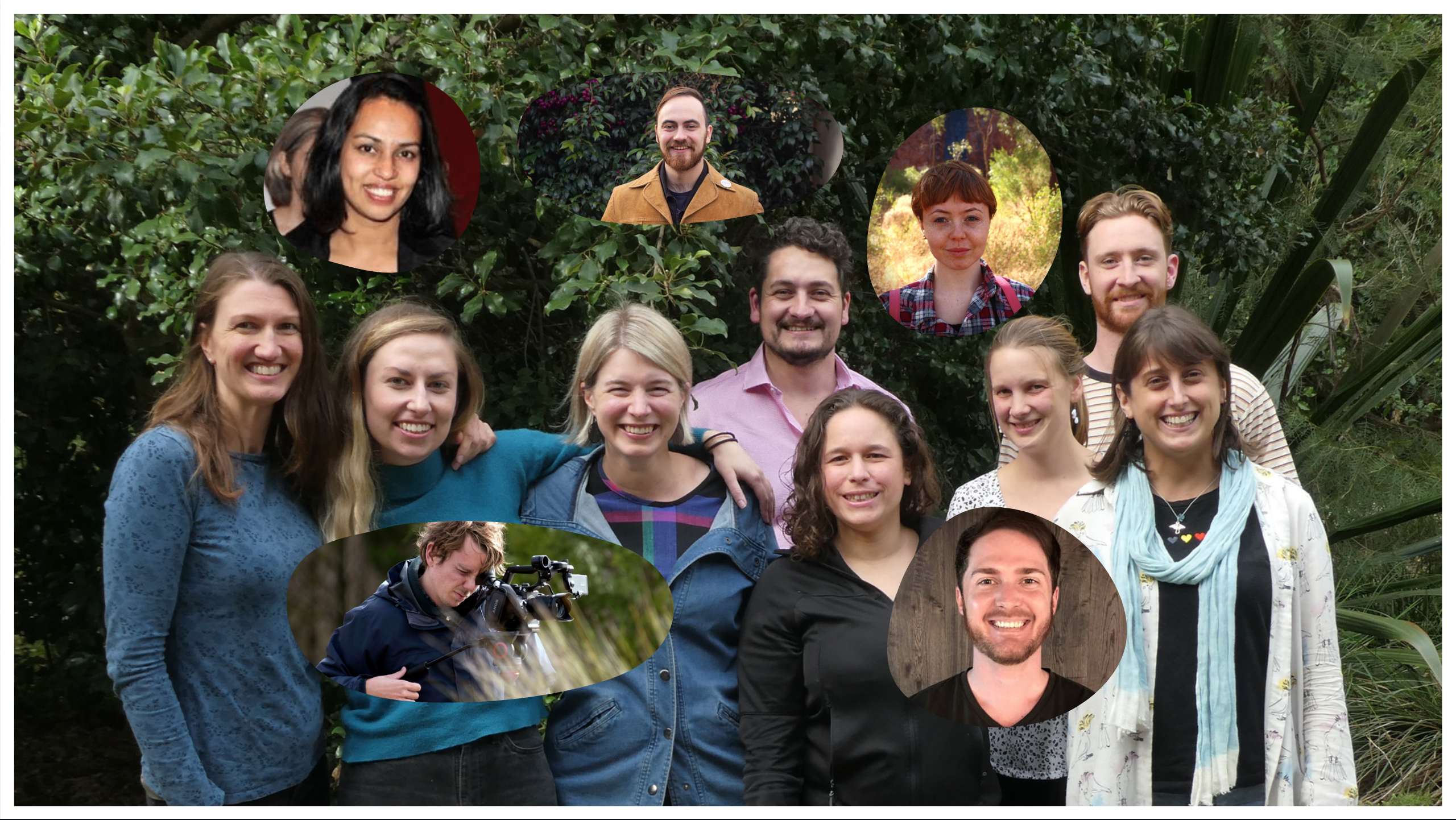

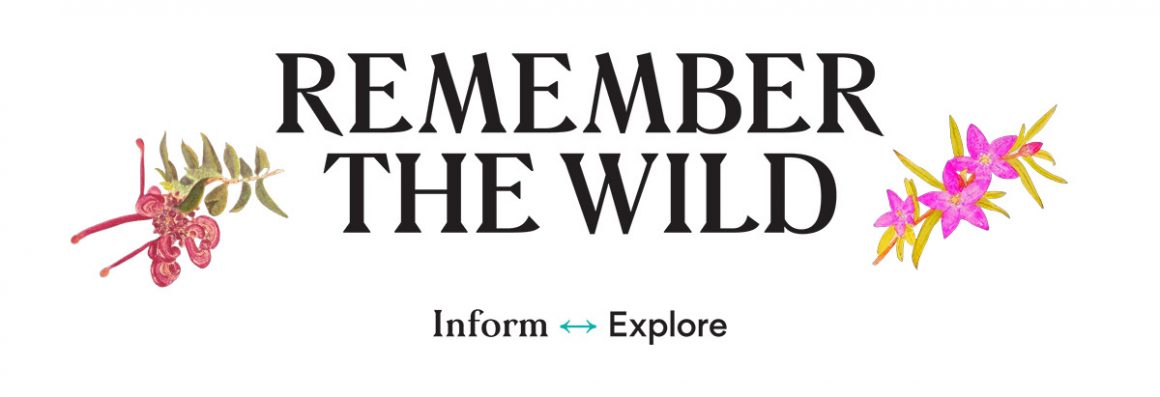
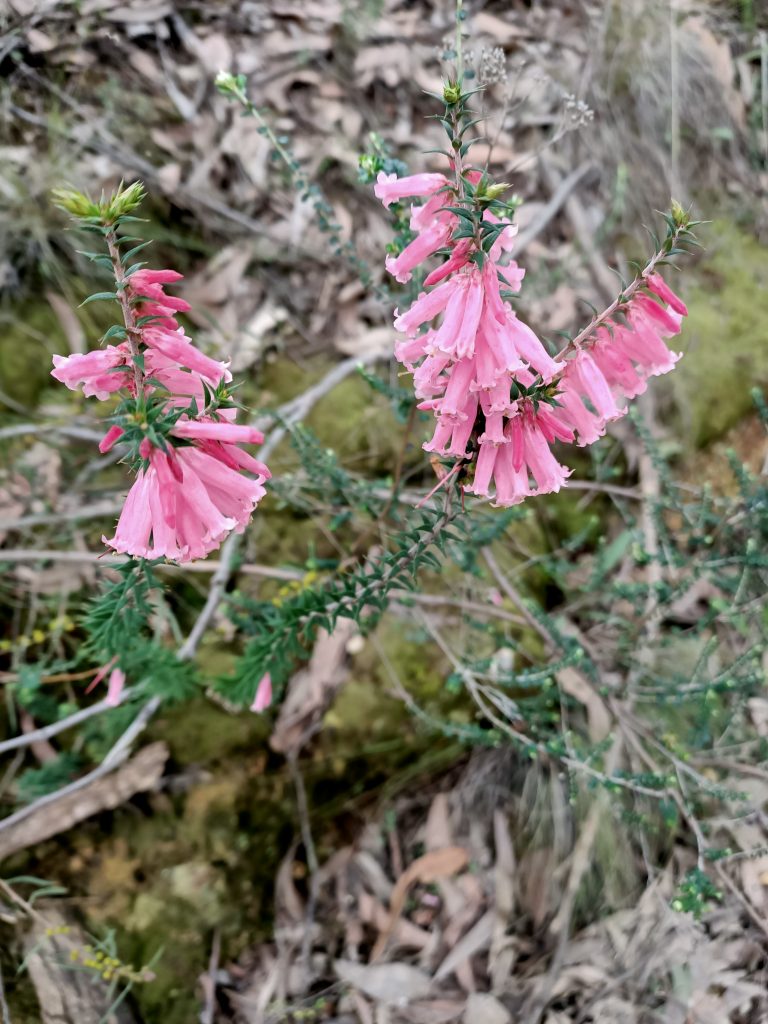
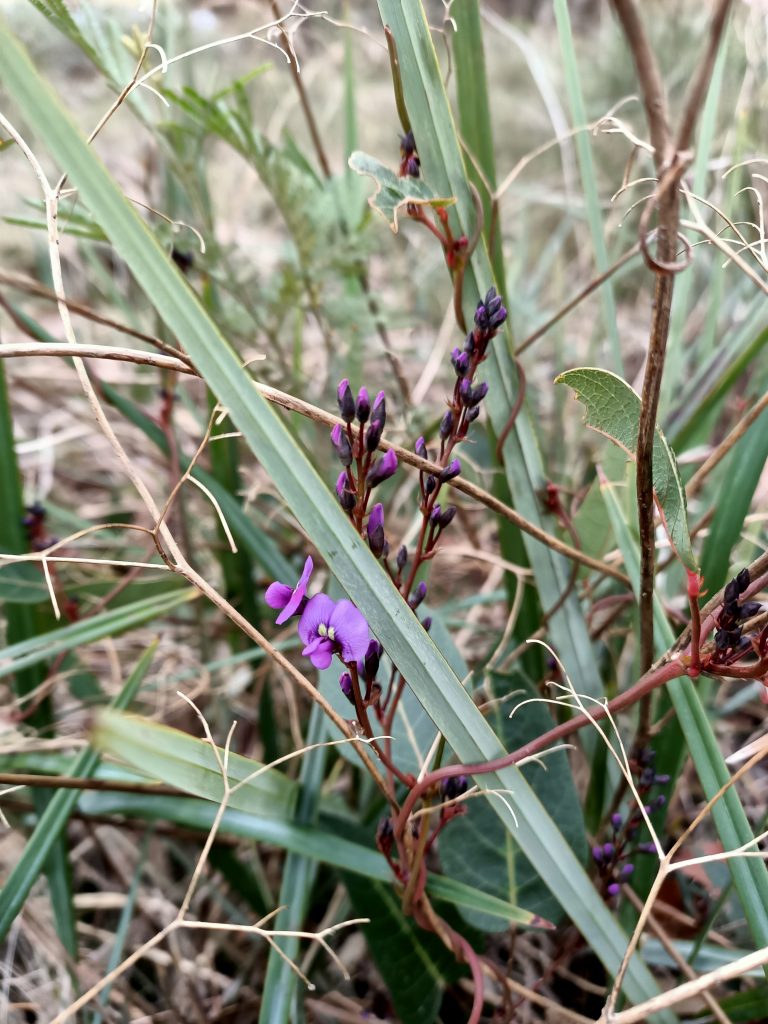
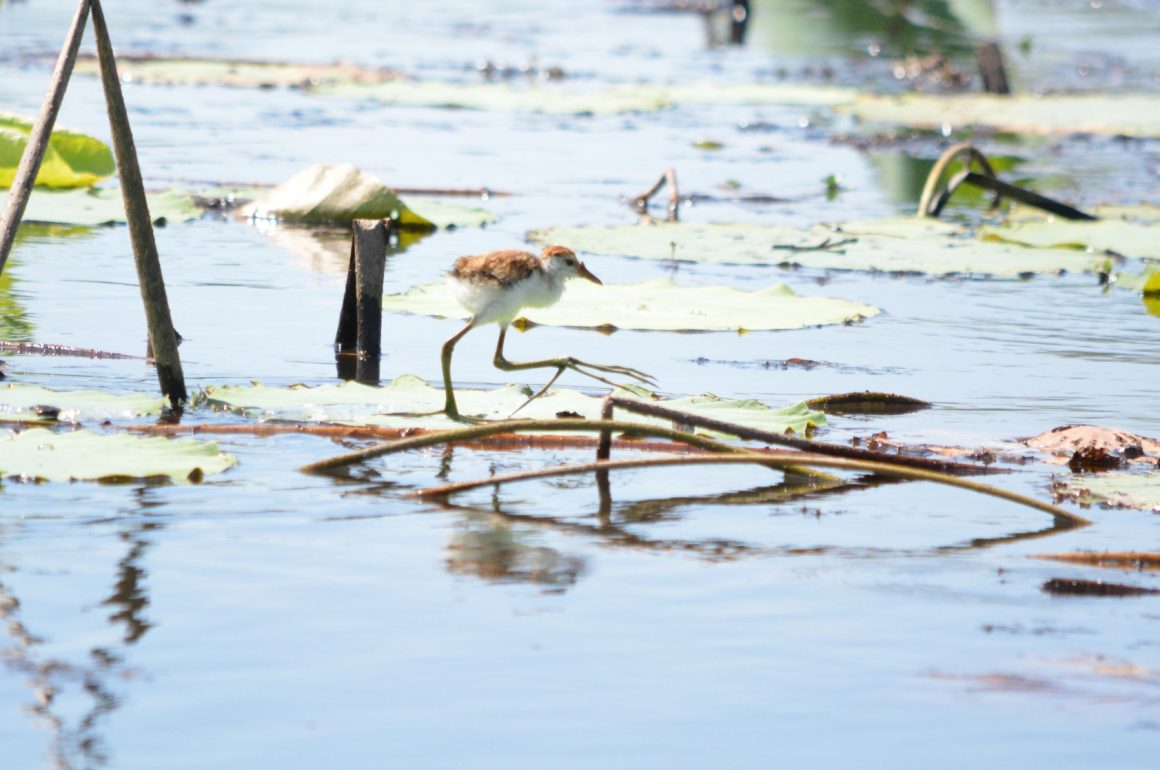
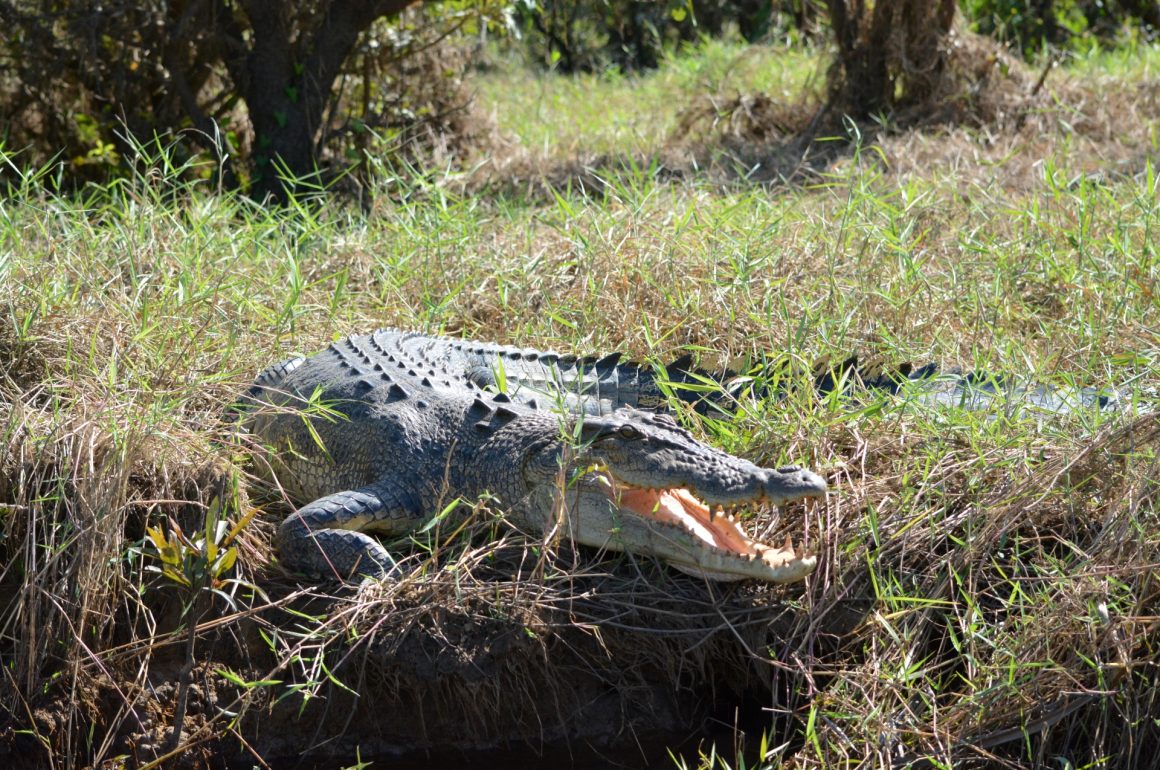
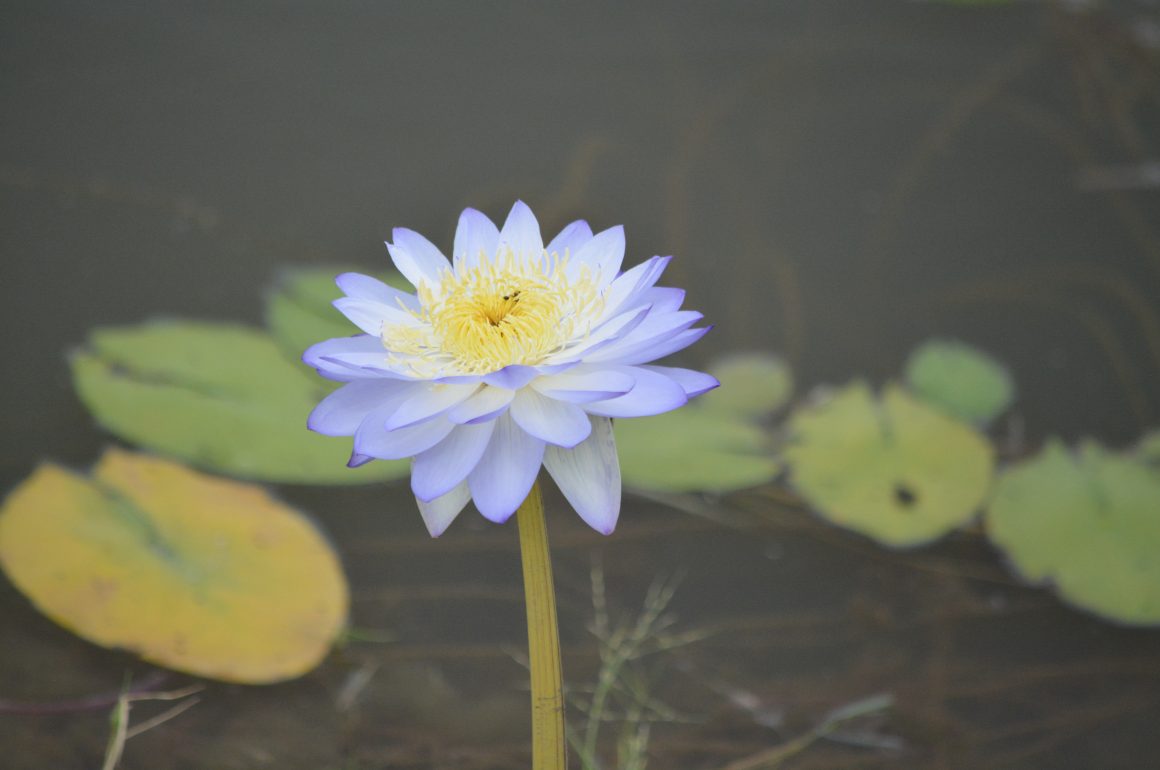
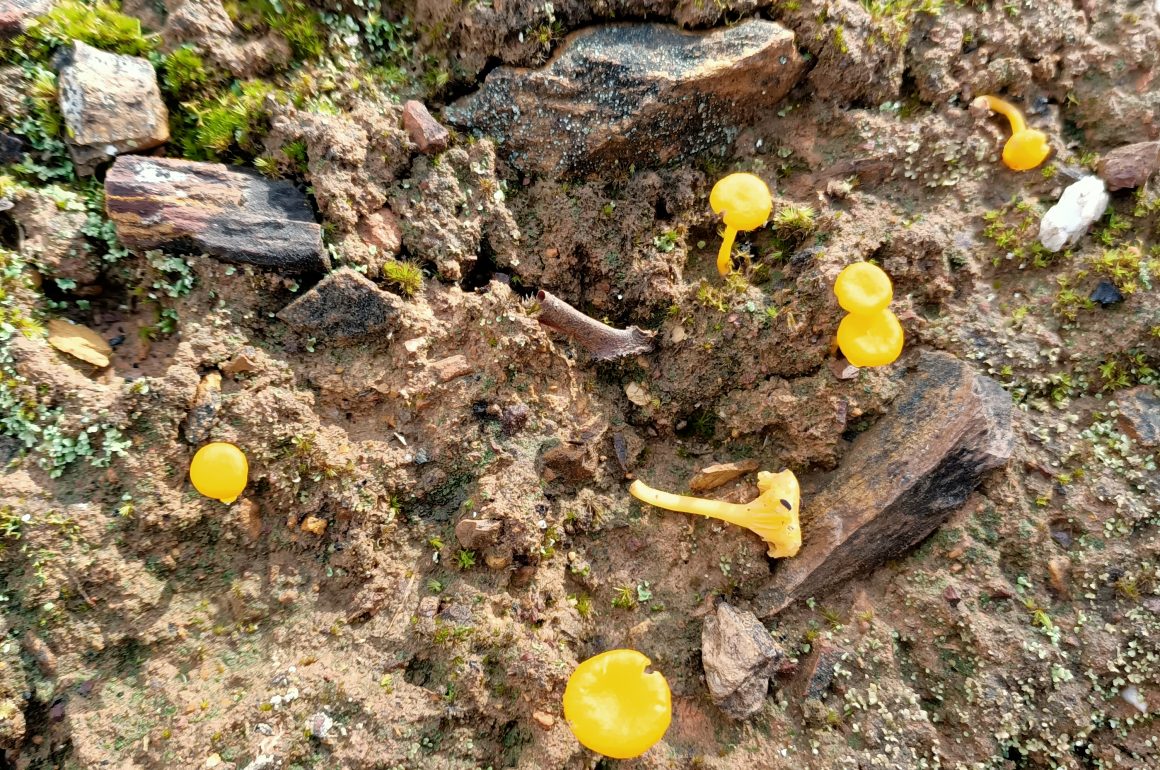
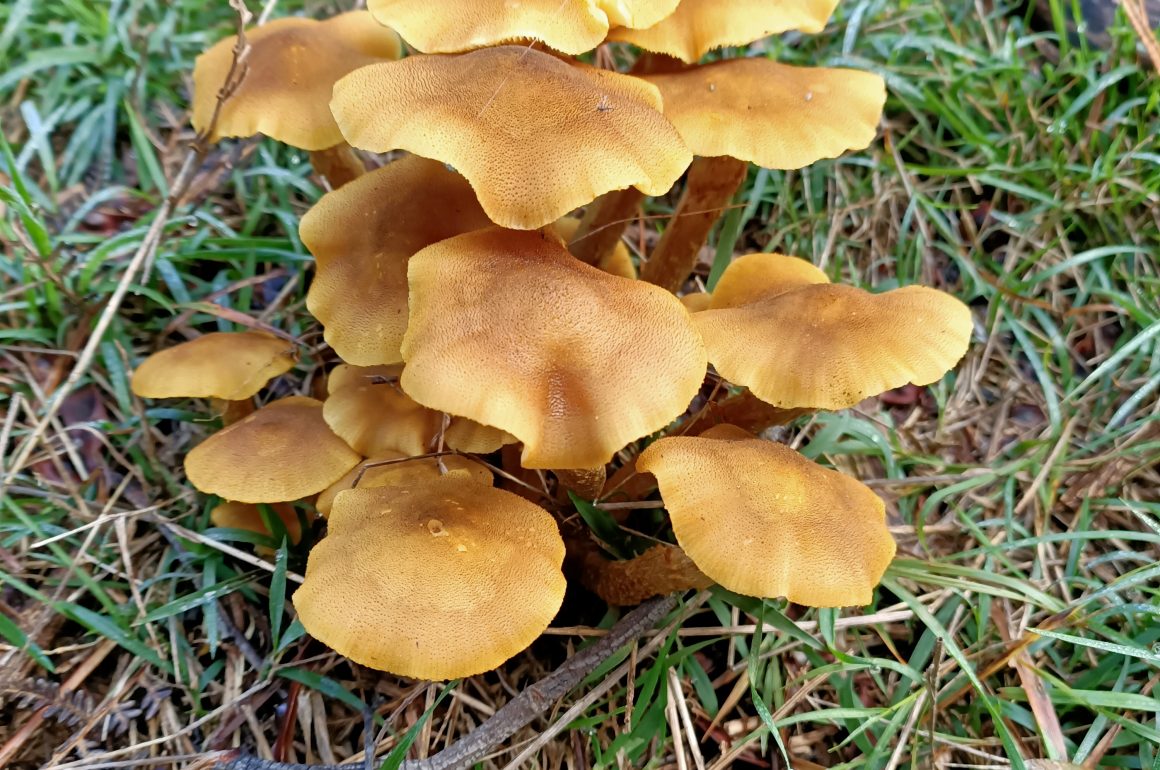
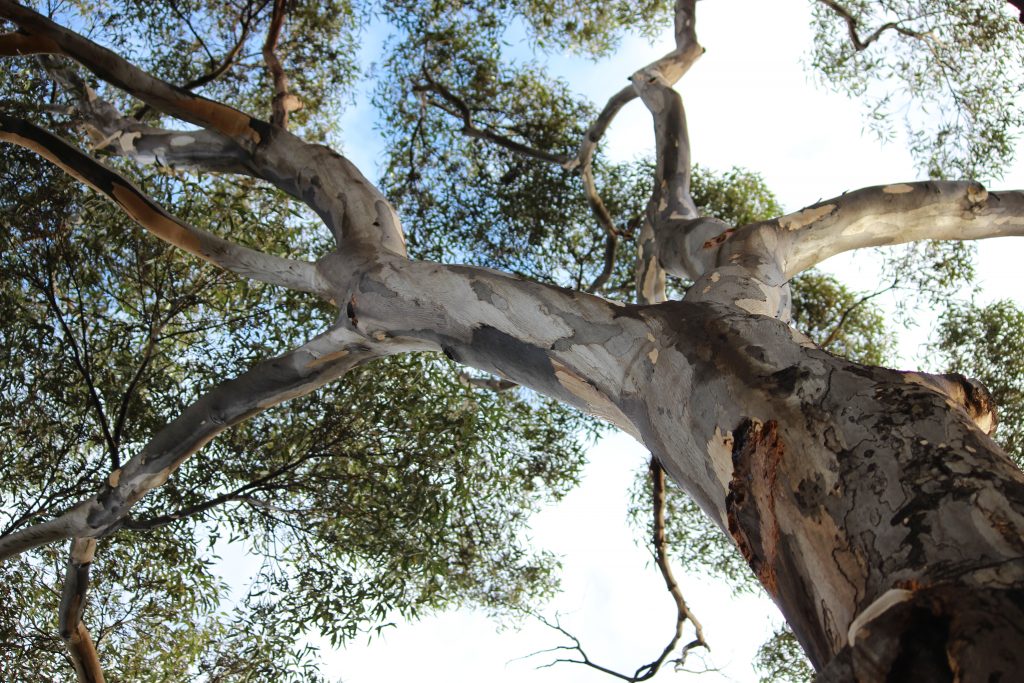
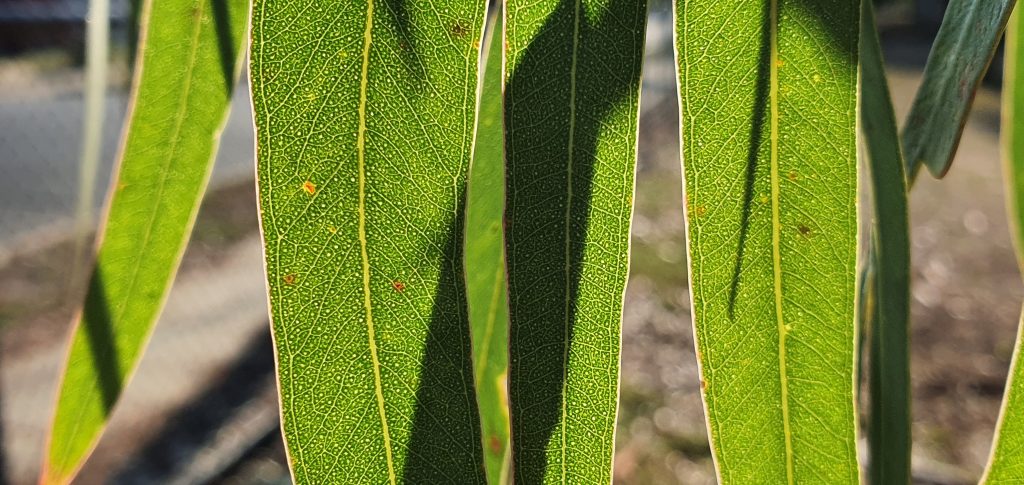
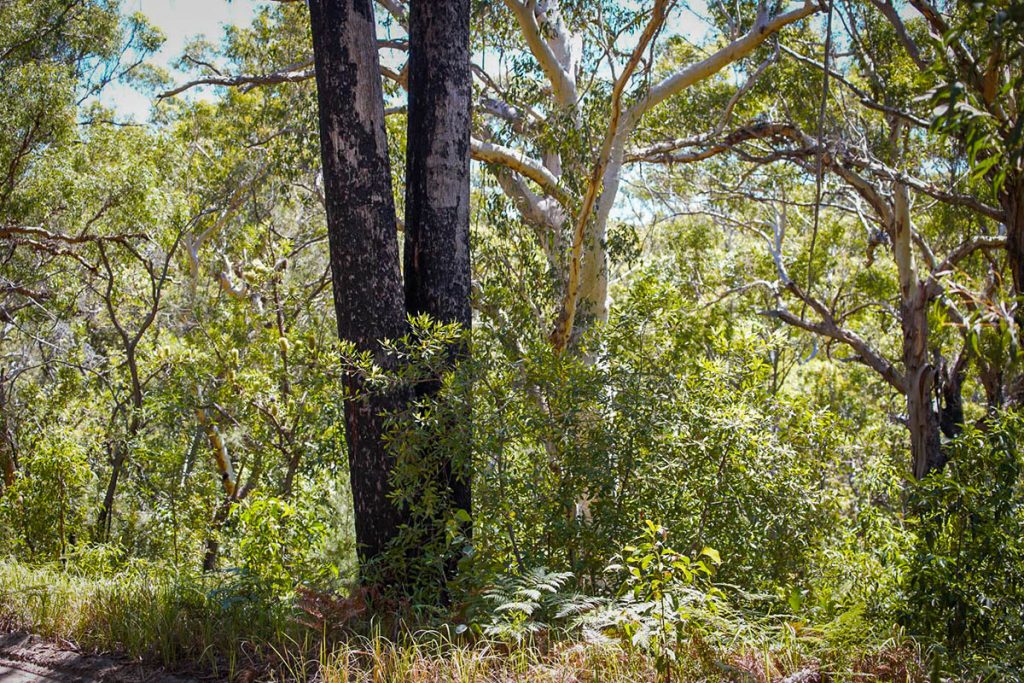
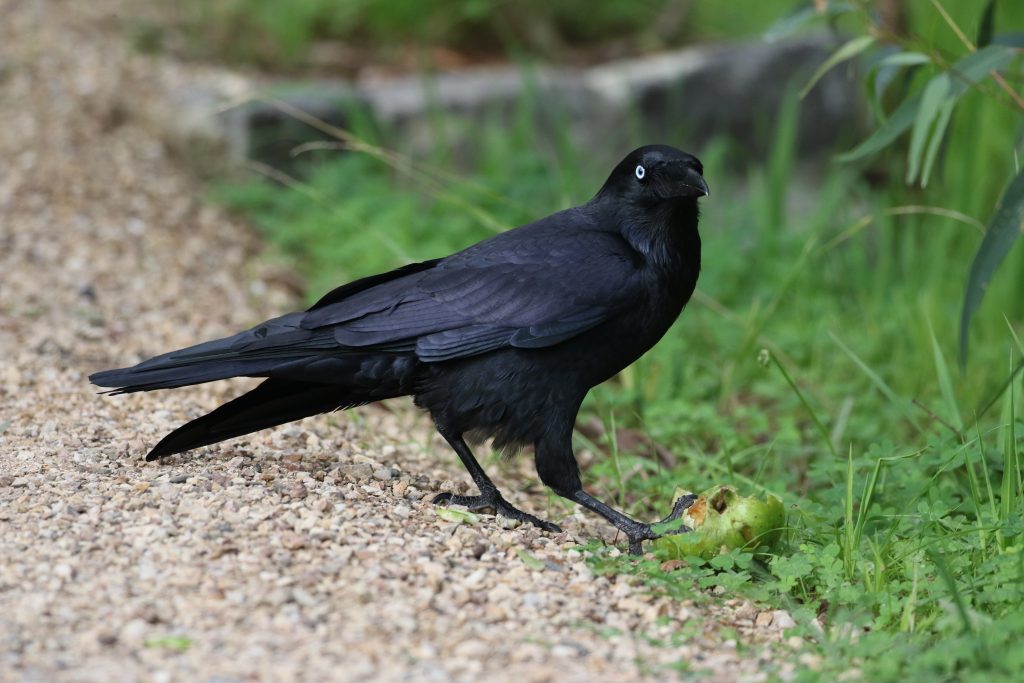
Leave a Reply